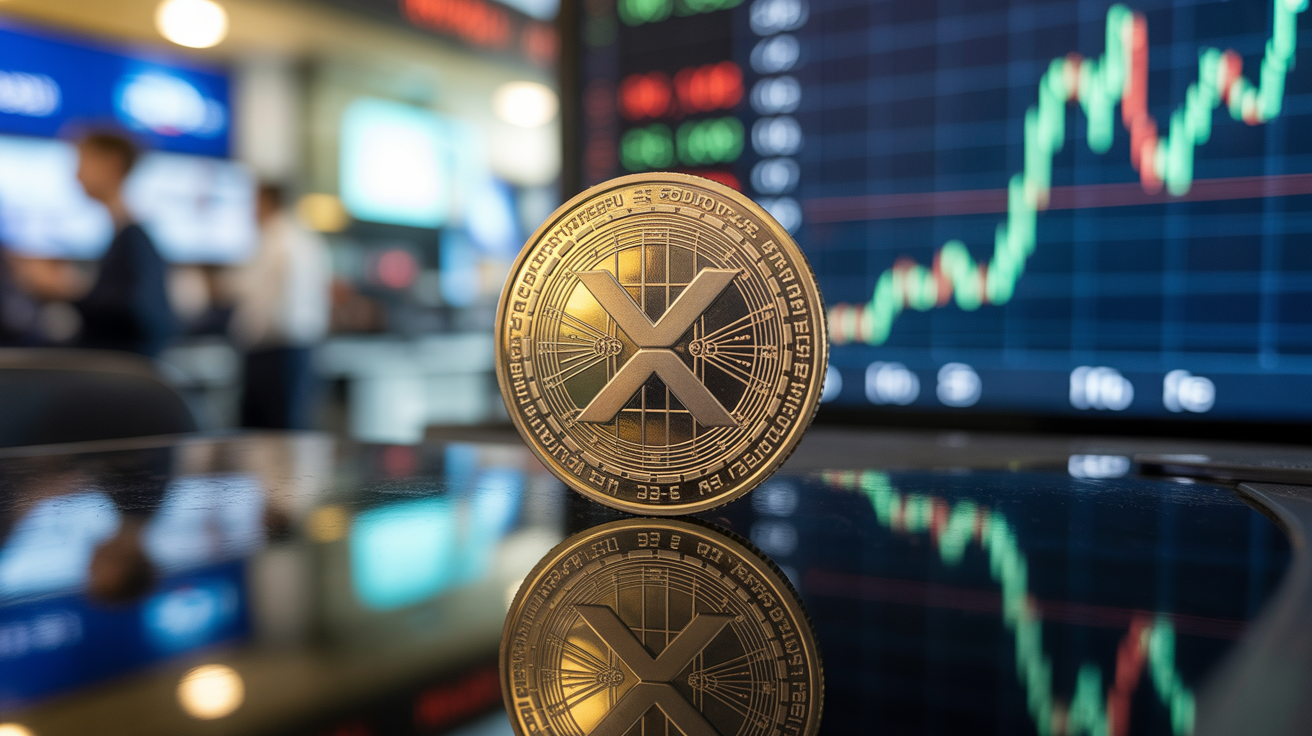Bitwise CIO: October 10 Crypto Crash a Stress Test, No Lasting Damage
Bitwise Chief Investment Officer Matt Hougan described the October 10 crypto sell-off as a stress test rather than a market regime shift in an October 14 memo. Roughly $20 billion in leveraged positions were liquidated, but no major firms failed, core infrastructure held, and clients remained calm.
Hougan linked the volatility to a late-Friday post from President Trump threatening 100% tariffs on Chinese goods. With equities markets closed, traders redirected reactions into crypto, which is always open. Highly leveraged positions were liquidated sequentially, deepening the sell-off. Bitcoin dropped as much as 15% before rebounding near $115,000, while Solana (SOL) briefly fell nearly 40% intraday.
Reviewing the aftermath, Hougan found no systemic failures. Custodians and liquidity providers reported losses, but major hedge funds and market makers remained stable, contributing to a swift market recovery.
Crypto infrastructure largely performed well. Decentralized platforms like Uniswap, Hyperliquid, and Aave operated normally, while some centralized exchanges faced disruptions—Binance refunded nearly $400 million to affected traders. Hougan concluded that, overall, crypto infrastructure handled the stress as well as, or better than, traditional markets might.
Investor behavior further limited risk. Institutional clients largely stayed on the sidelines, reducing the potential for cascading liquidations.
Hougan concluded that none of crypto’s foundations were compromised: security, technology, and regulatory conditions remain intact. Structural drivers—including clearer rules, rising institutional adoption, growing stablecoin usage, and tokenization of traditional assets—continue to support long-term growth. Year-to-date, bitcoin is up 21%, while the Bitwise 10 Large Cap Crypto Index has gained 22%. Short-term liquidity may remain thin, potentially amplifying moves, but fundamentals are expected to guide markets going forward.




























